The suburban shift in home building to meet growing buyer preferences for lower density, lower cost markets stemming from the COVID-19 pandemic that was first reported in the second quarter National Association of Home Builders (NAHB) Home Building Geography Index (HBGI) has continued throughout the rest of 2020.
Single-family construction continued to overperform in suburbs, exurbs and rural communities, according to fourth quarter HBGI data recently released. This continuing trend is a direct result of the pandemic; as more workers were able to telecommute and preferences shifted favoring larger homes, these changes prompted buyers and renters to seek out more affordable markets in order to accommodate home offices, home gyms and specialty rooms.
“Housing was one of the few economic bright spots in 2020, as builders worked to meet growing demand for single-family and multifamily housing, particularly in more affordable, smaller metro areas,” said NAHB Chairman Chuck Fowke, a custom home builder from Tampa, Florida. “Housing can continue to be an engine of job creation and help the economy move forward in 2021. But in order to do so, policymakers need to address rising regulatory burdens and sharp increases in lumber and other building material prices that are harming housing affordability.”
Fourth quarter HBGI data reveal a clear shift in the geography of home building:
– Outlying counties of smaller metro areas experienced a 20.7% growth rate for the year
– Small metro core areas posted a 15.7% annual growth rate
– Large metro suburbs registered a 15.1% yearly gain
– Large metro core areas (close-in residential areas) posted the slowest gain, with just a 9.1% growth rate.
“Over the past three quarters, the HBGI data has revealed a measurable shift in home building from more costly, large metro areas to more affordable markets,” said NAHB Chief Economist Robert Dietz. “We expect only a partial reversal of these trends this year as nationwide vaccination efforts significantly ramp up in the months ahead.”
This latest edition of the HBGI also unveiled new data based on county-level diversity measurements regarding different race or ethnic groups. A higher diversity county consists of a larger grouping of different racial and ethnic groups. A lower diversity county means there are more people living there who are of the same racial or ethnic identity.
Findings for the fourth quarter of 2020 show accelerating trends for single-family home building in both higher and lower diversity counties, particularly through the second half of 2020. Additionally, in general, multifamily residential construction has been observed to be waning in higher diversity counties in 2020 due in part to the shift to lower density markets.
Source: NAHB

